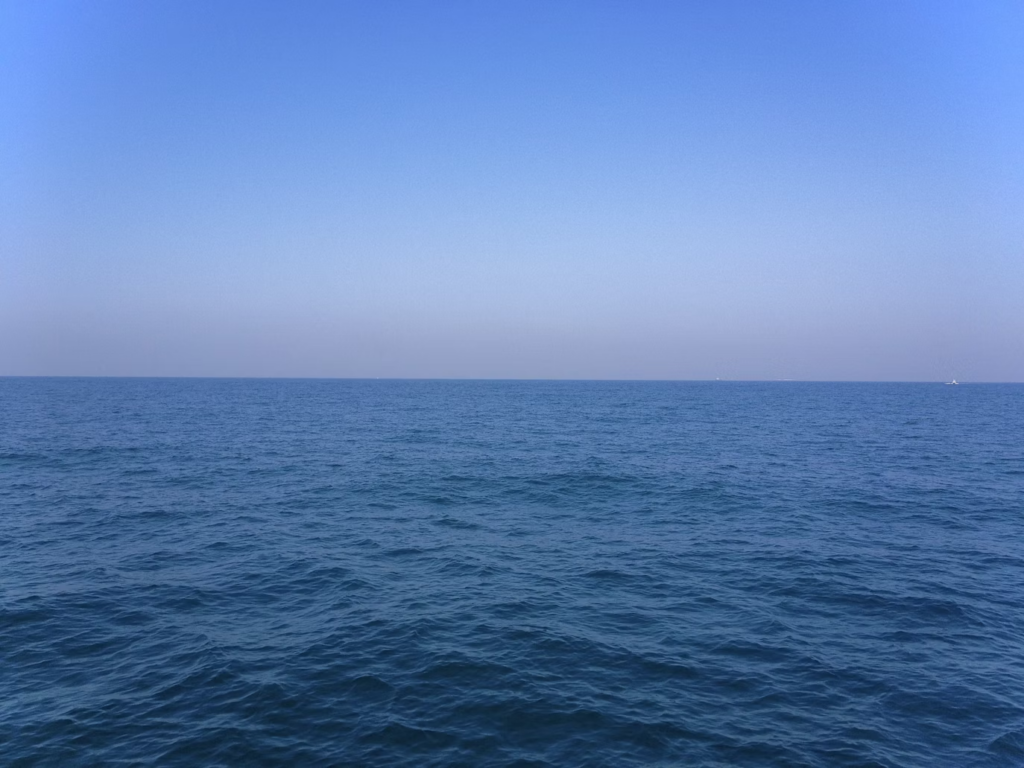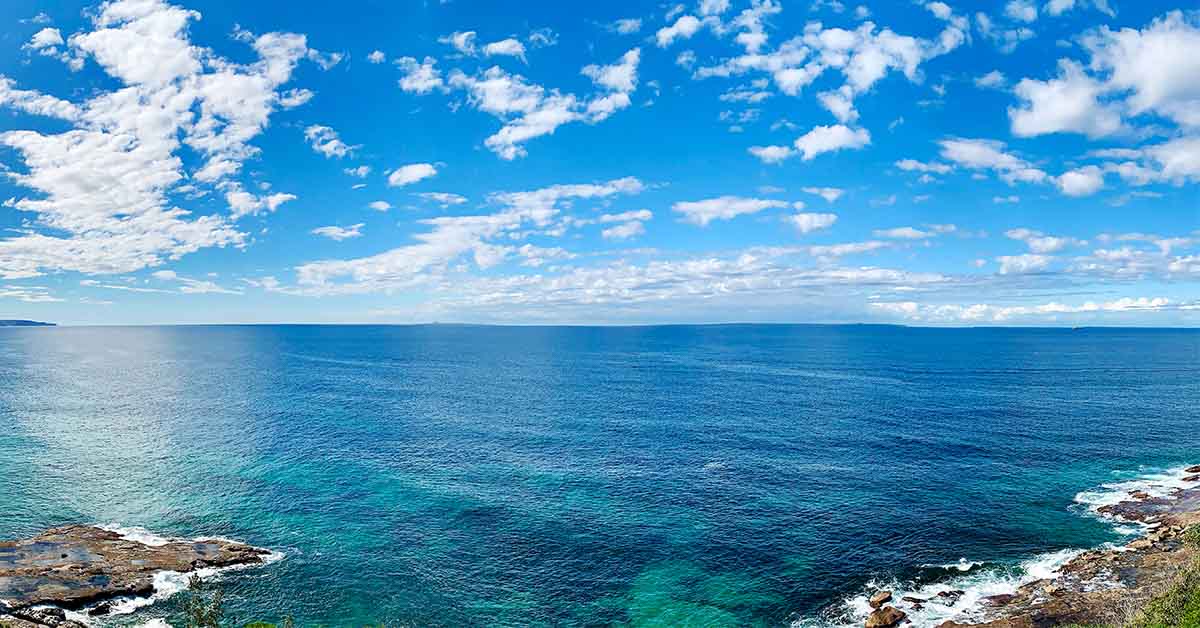Nestled deep beneath the waves surrounding Cuba lies one of archaeology’s greatest unsolved mysteries. In 2000, researchers using sonar equipment spotted a strange series of structures on the ocean floor off the tip of the Guanahacabibes Peninsula. These formations, unlike anything typically found underwater, sparked theories of a lost civilization and renewed interest in the legend of Atlantis.
Initial Discovery of Underwater City: Beneath the Waves of Cuba

In 2000, researchers from the Canadian company Advanced Digital Communications (ADC) were surveying the waters off the tip of the Guanahacabibes Peninsula. The initial sonar images revealed smooth, geometrically organized stones reminiscent of an urban development. Further exploration with an underwater robot confirmed the presence of massive stone blocks and other geometric shapes, some stacked in formations reminiscent of pyramids. The origin and age of these structures are still uncertain and remain a topic of speculation.
Read More: 7 Billion Years. Scientists Say Oldest material on Earth discovered.
Examining the Evidence: Strange Structures and Geological Anomalies

The ADC team was under the leadership of marine engineer Pauline Zelitsky and Paul Weinzweig, her husband. This robotic exploration confirmed the presence of the blocks. “The structures we found on the side scan sonar simply are not explicable from a geological point of view,” Weinzweig told the South Florida Sun-Sentinel in 2002. “There is too much organization, too much symmetry, too much repetition of form.” However, Zelitsky insisted that more research was needed before firm conclusions could be drawn. “It’s a really wonderful structure which really looks like it could have been a large urban centre,” Zelitsky told the Reuters news agency in the past. “However, it would be totally irresponsible to say what it was before we have evidence.”
Theories and Skepticism: From Atlantis to Local Culture

The discovery soon sparked a flood of excitement, with commentators suggesting this could be the remains of none other than the fabled continent of Atlantis. The discovery ignited a firestorm of debate. The apparent organization of the structures suggested the possibility of an intelligent civilization, but many experts remain skeptical. Geologist Manuel Iturralde noted the need for more evidence. In 2002, he mentioned to the Washington Post that volcanic rocks collected at the location strongly suggested that the underwater plain was formerly above water. Given that Cuba lacks volcanoes, the presence of these rocks was puzzling. Nevertheless, he acknowledged that “Nature is much richer than we think.”
Read More: 140 Million Years Later, The Lost Continent of Greater Adria Has Been Found Buried Under Europe
Underwater City of Atlantis or Local Culture?

Iturralde noted that the “lost city” idea was challenged by the depths at which the constructions were discovered. He calculated that it would have taken 50,000 years for the ruins to submerge to a depth of 650 meters at the fastest rate of Earth’s tectonic motions. Yet, he continued, “50,000 years ago there wasn’t the architectural capacity in any of the cultures we know of to build complex buildings.” Michael Faught, a specialist in underwater archaeology, said, “It would be cool if [Zelitsky and Weinzweig] were right, but it would be really advanced for anything we would see in the New World for that time frame. The structures are out of time and out of place.”
Mythical Claims

Keith Fitzpatrick-Matthews says, “At no point during the Ice Age would [the Cuban ruins] have been above sea level unless, of course, the land on which they stand has sunk,” Fitzpatrick-Matthews wrote. “This is the claim made for Atlantis: according to Plato’s account, it was destroyed ‘by violent earthquakes and floods’. “However, if we take Plato at his word […] the violence of its sinking makes it improbable that an entire city could have survived plunging more than 600 meters into an abyss.” The fantastical possibility of Atlantis quickly captured the public imagination. However, researchers urged caution, suggesting the structures were more likely remnants of a local, previously unknown culture. Intriguingly, local legends spoke of a vanished island inhabited by ancestors, potentially lending credence to this theory.
Challenges and Future Prospects: Red Tape and Logistical Hurdles

More than two decades since ADC’s discovery, there has been a dearth of follow-up research into the “lost city.” As Weinzweig put it in a 2002 interview with the Morien Institute: “We believe that much of the significant archaeology of the future will be underwater, but extensive investigation and verification are necessary before drawing conclusions.”
This content has, in part, been generated with the aid of an artificial intelligence language model. While we strive for accuracy and quality, please note that the information provided may not be entirely error-free or up-to-date. We recommend independently verifying the content and consulting with professionals for specific advice or information. We do not assume any responsibility or liability for the use or interpretation of this content.

